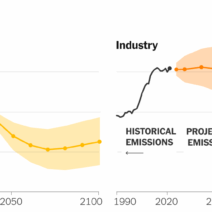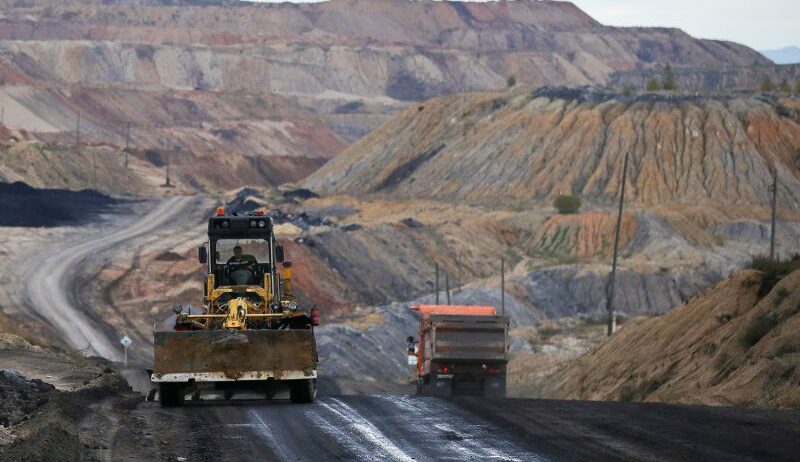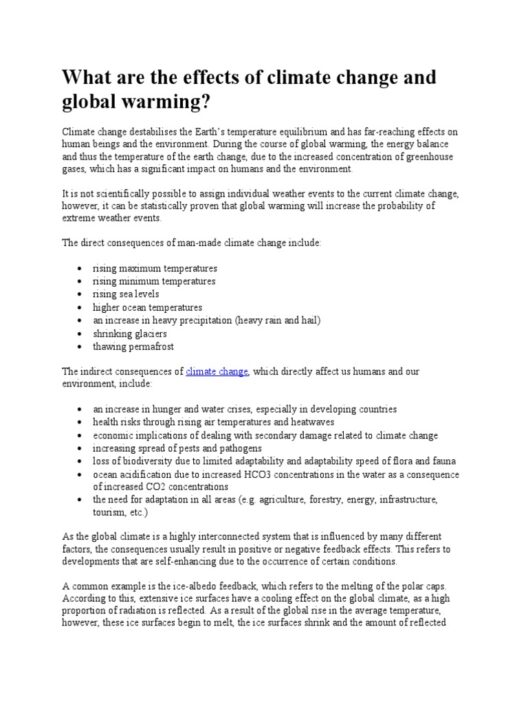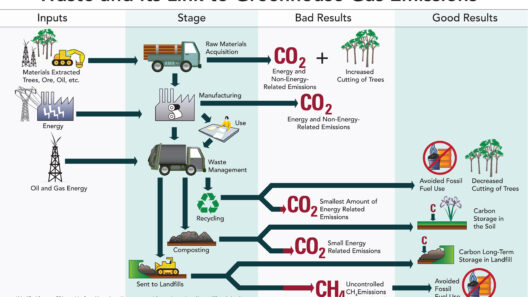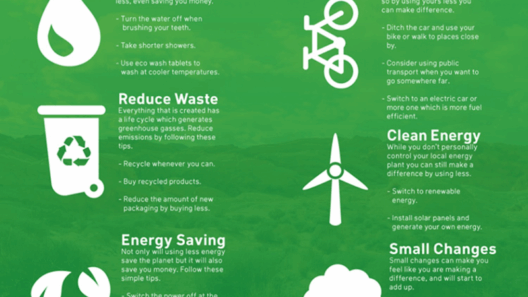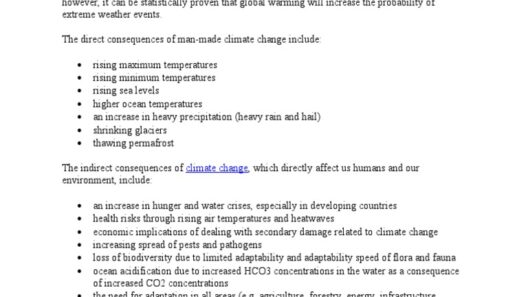The intricate tapestry of life on Earth is marvelously intertwined with the health of our environment. Yet, lurking in this vibrant ecosystem are fossil fuels—coal, oil, and natural gas—that play a paradoxical role in modern society. These energy sources, while indispensable for their contributions to economic growth and technological advancement, have an insidious impact on climate change. This article delves into how fossil fuels contribute to global warming and environmental degradation, all while casting a light on the aesthetic allure of the planet we risk losing.
Understanding the Mechanics of Fossil Fuel Combustion
Fossil fuels are formed from the remnants of ancient plants and animals, buried under layers of earth and subjected to intense heat and pressure over millions of years. When we burn these fuels for energy—be it to power our vehicles, generate electricity, or heat our homes—a chemical transformation occurs. Carbon dioxide (CO2) and other greenhouse gases are released into the atmosphere as a byproduct of combustion. This seemingly straightforward reaction has far-reaching ramifications.
The CO2 emitted is a pivotal player in the greenhouse effect. This natural phenomenon warms the Earth’s surface as incoming solar radiation is absorbed and re-emitted as infrared radiation. Greenhouse gases, including CO2, trap this heat, preventing it from escaping back into space. This mechanism is vital for sustaining life; however, the rampant burning of fossil fuels has heightened concentrations of these gases, intensifying the greenhouse effect and accelerating global warming.
The Aesthetic Degradation of an Earth Under Siege
As the digital age progresses, the stark aesthetic contrast between the beauty of nature and the visceral scars of fossil fuel extraction becomes increasingly apparent. Mountaintop removal, oil spills, and industrial waste create disfigured landscapes that mar the natural scenery. The once vibrant greens of forests and the crystalline blues of oceans are obscured by pollution and toxic runoff, creating a disturbing tableau.
Consider the majestic forests that once thrived, now battered and bruised by machinery that extracts coal and oil. The heterogeneity of life that once flourished in these ecosystems is replaced by barren wastelands, a profound loss not only for biodiversity but also for human beings who find solace and inspiration in nature’s splendor. The juxtaposition of our bustling cities with their smokestack billows against serene natural vistas serves as a visual reminder of the price we pay for our dependence on fossil fuels.
Climate Change: The Ripple Effect of Fossil Fuels
Climate change extends beyond rising temperatures; it unleashes a cascade of disruptive effects, all intertwined with fossil fuel consumption. Sea levels are climbing as polar ice melts, endangering coastal communities and ecosystems. Extreme weather events—be it hurricanes, droughts, or wildfires—are becoming increasingly frequent and severe, attributable to the rising temperatures fueled by fossil fuel emissions. Consequently, this places untold stresses on food supply, water resources, and human health, challenging the very fabric of society.
Displacement and Refugees of a Warming World
The ramifications of climate change are starkly human. The concept of climate refugees—individuals forced to abandon their homes due to the adverse effects of climate change—has surfaced as a pressing global issue. Coastal cities across the globe are projected to see populations displaced due to rising sea levels. The aesthetic devastation observed—once-thriving communities turned into ghost towns—tells a tale of loss that transcends geographical boundaries. The vivid tapestry of human culture and heritage is being unraveled thread by thread, as communities struggle against the tide of change ignited by fossil fuels.
Transition to Renewable Energy: A Beacon of Hope
Amid this bleak reality, an ember of hope flickers in the form of renewable energy sources such as solar, wind, and hydroelectric power. Transitioning from fossil fuels to cleaner alternatives offers a chance to mitigate climate change while rejuvenating our planet’s aesthetic appeal. Wind turbines gracefully rotate on hillsides, and solar panels glisten under the sun, providing clean energy and picturesque scenic beauty. We stand at a pivotal juncture where innovation can redefine our relationship with energy consumption.
The Road Ahead: Policy and Personal Responsibility
Addressing the climate crisis necessitates collective action—from policymakers crafting stringent regulations to individuals embracing sustainable practices in their daily lives. Governments’ commitment to reduce carbon emissions—via international agreements and local initiatives—can catalyze systemic change. Public awareness and advocacy are crucial in rallying support for a sustainable future. Every action counts, be it reducing dependence on single-use plastics or advocating for systemic changes in energy consumption.
In conclusion, the narrative of fossil fuels is fraught with complexity. While they have fueled our development and provided modern conveniences, the ecological and aesthetic costs are mounting. A transition to renewable sources presents not merely an opportunity for cleaner energy but is paramount for preserving the beauty of our world and ensuring a sustainable future for generations to come. The aesthetic allure of nature must be cherished and safeguarded, for it is intrinsically linked to our well-being and the health of our planet. Only by recognizing the profound connection between energy consumption and environmental stewardship can we pave the way toward a thriving, vibrant Earth.

